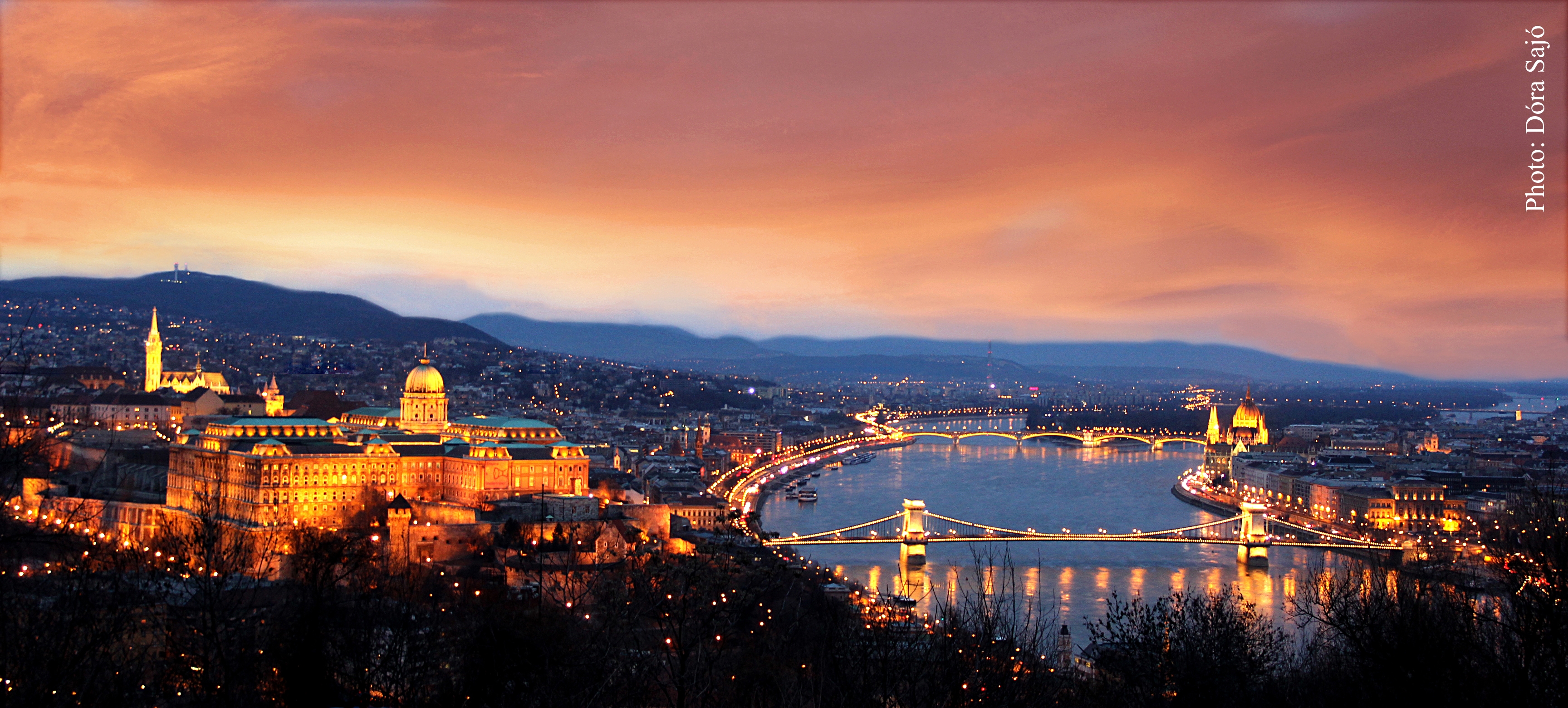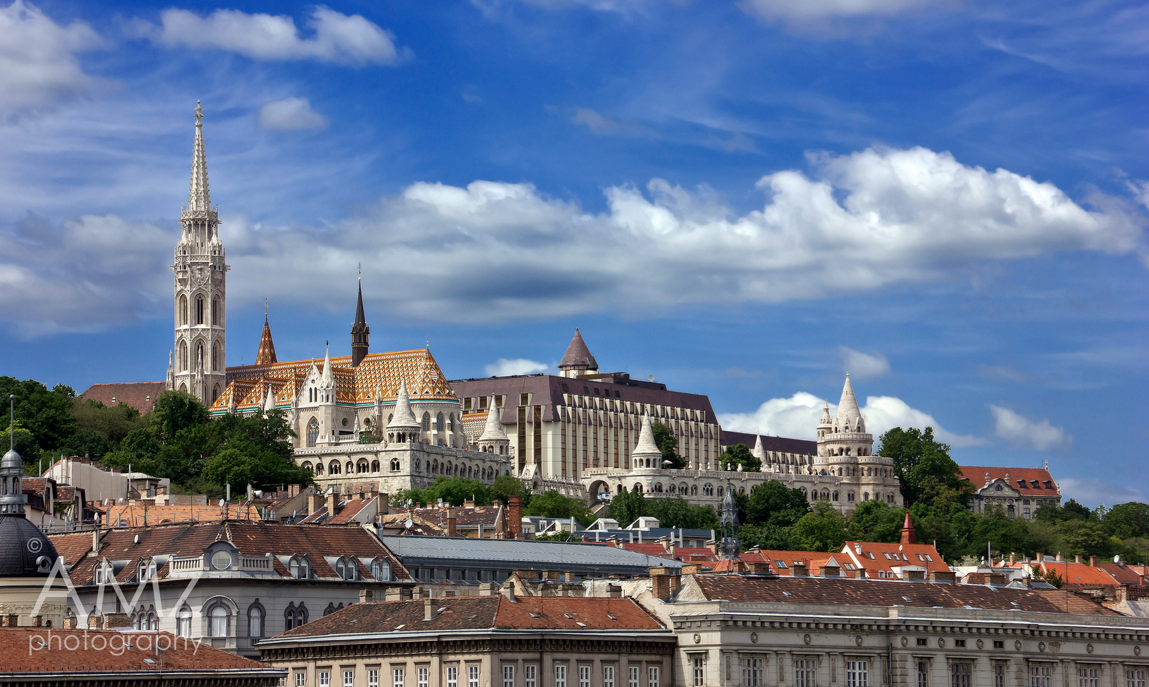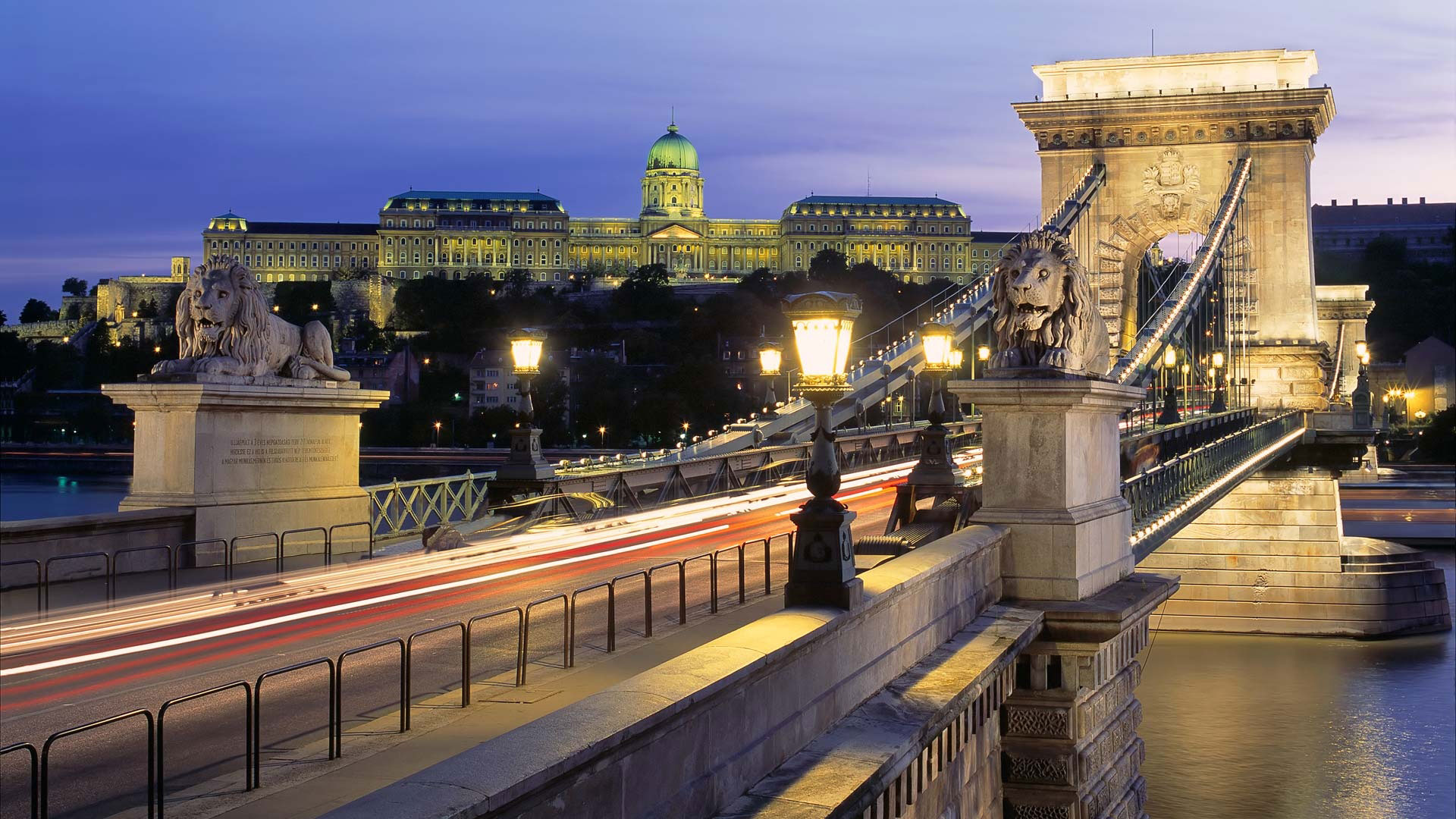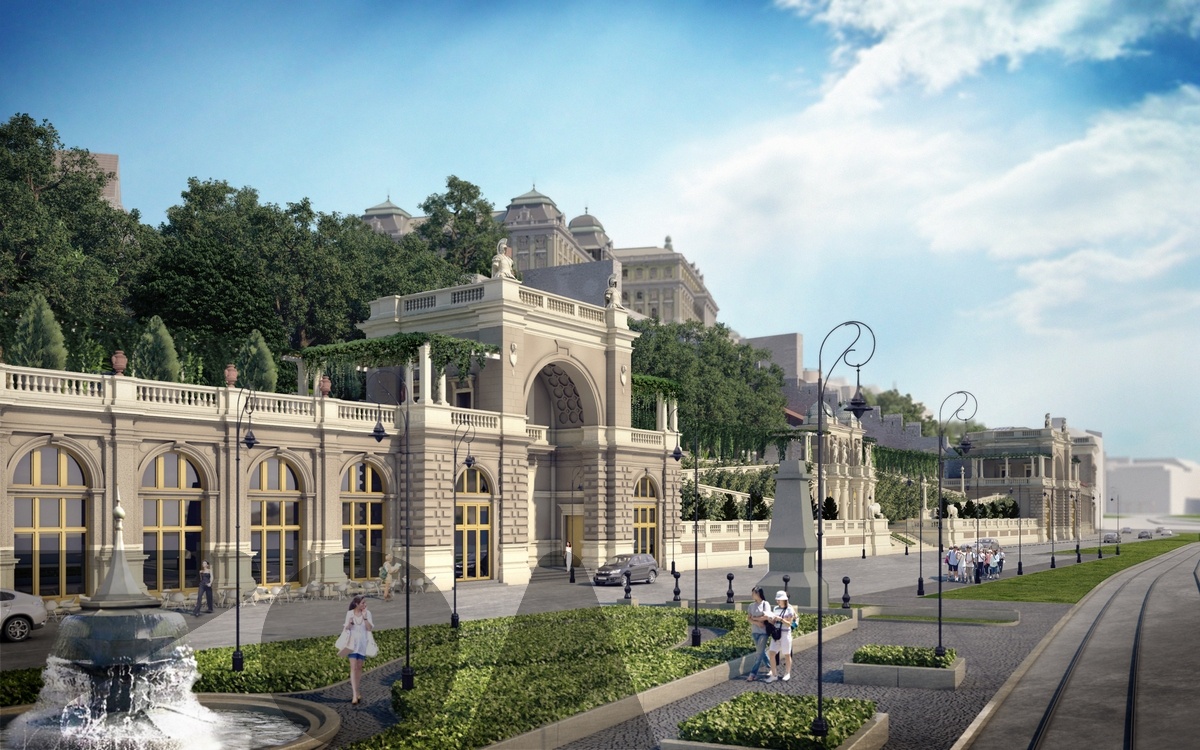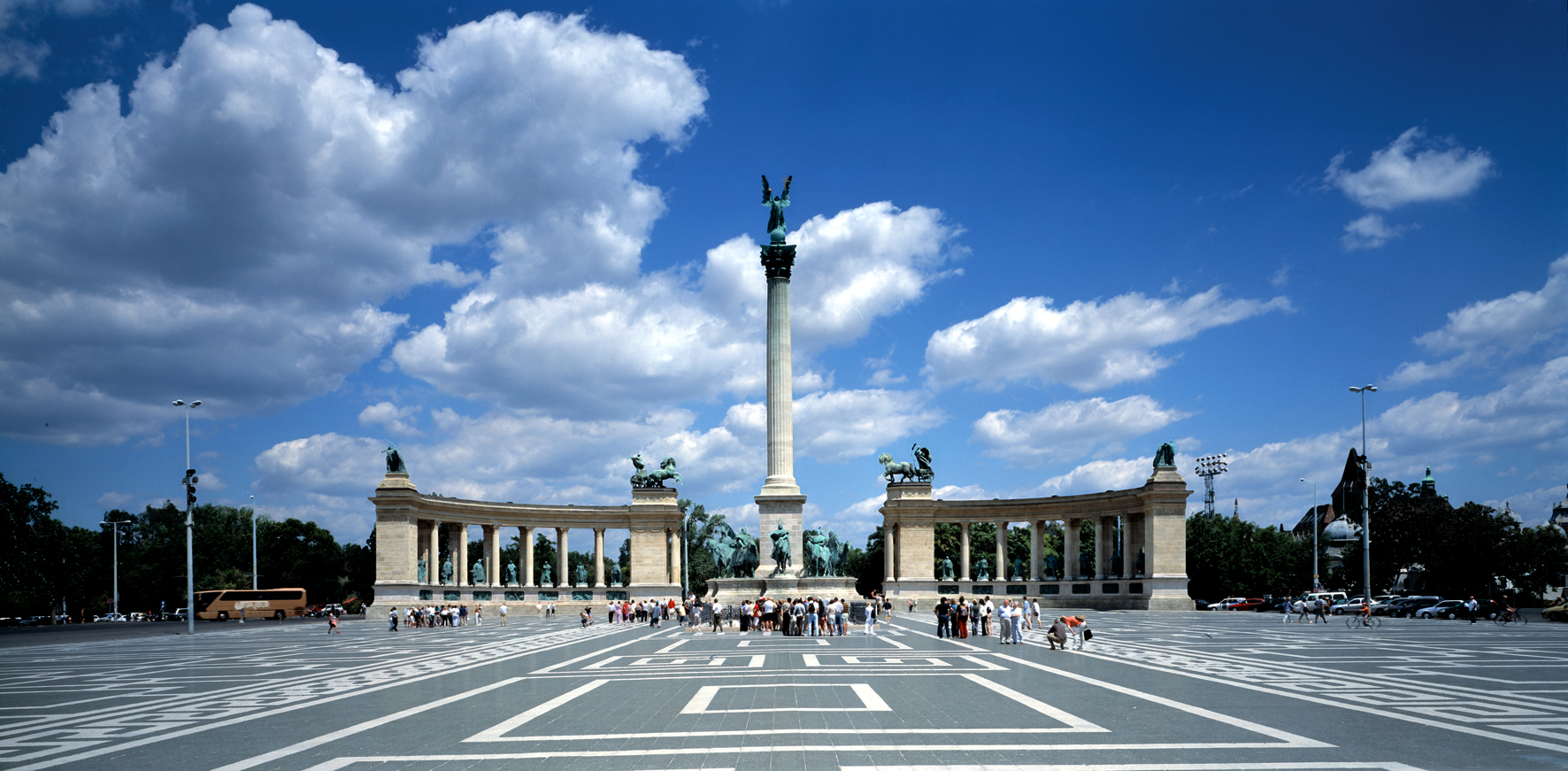About Budapest
General information
Climate
Budapest has a mild continental climate with four distinct seasons. Summers are hot with low overall humidity levels but frequent rain showers, while the winter is cold and snowy. June is is with tipical nice, summer weather with average 25-30 degrees. July and August are the hottest months. In August it is usually also nice and warm with an average temperature of 23-28 degrees Celsius during the daytime, while the average temperature during the night might range between 14-20 degrees Celsius.
Currency
The official national currency is the Hungarian Forint (HUF) which is convertible. The exchange rates applied in Budapest banks, official exchange offices and hotels may vary. 1 EUR = approx. 390 HUF but it varies on daily basis.
Credit cards
Most hotels, restaurants and shops accept major credit cards such as American Express, VISA, MasterCard if the emblem at the entrance is displayed. Please note that card acceptance is not obligatory, so always carry some cash in forints.
Banks
Most banks are open Monday to Thursday from 08:00 to 16:00 and on Fridays until 14:00. There are 24-hour ATM cash dispensers throughout the city, most of which accept international bank cards.
Passport and/or visa
A valid ID or Passport is required for entry into Hungary for participants from the European Union. For participants from other countries (also arriving from USA) a valid Passport is required. Participants from some other countries may require a Visa for entry to Hungary. Please check with your local Hungarian Consulate or Embassy or access the website of the Hungarian Consular Service at http://konzuliszolgalat.kormany.hu/en
Opening hours
Most shops are open from 7 a.m. to 6 p.m. on weekdays, while malls are generally open from 10 a.m. to 9 p.m. from Monday till Saturday and from 10 a.m. to 6 p.m. on Sundays. Offices are open from 8 a.m. to 4 p.m. on weekdays.
Time
Difference Hungary is in the Central European Time Zone (GMT+1).
Daylight saving time: runs between the end of March and the end of October (CET+1/GMT+2).
What does Budapest look like? In a word or two: exciting, surprising. With a rich history, beautiful skyline and awesome nightlife, Budapest is a great destination to suit all travel tastes. Ancient history and recent past, charm and elegance come together to make up Hungary’s capital, home of two million people
Divided in two by the Danube, the twin cities of Buda and Pest contain homogenous parts of different building periods such as vestiges of the Roman occupation, the prestigious Castle District preserved in Romanesque and Gothic style, the rigour of the Habsburg Citadel, the eclecticism of the turn-of-the century buildings boasting the richness of the new citizens.
The flat east bank is Pest, vibrant and lively, with its slew of museums rich in cultural and historical treasures, extraordinary Secessionist architecture, its majestic Parliament building considered as one of the most magnificent in the world, its entirely renovated Jewish Quarter and the elegant 19th-century mansions that today contain the shops, bars and cafés.
The hilly west bank is Buda that radiates calmness and peace with Ottoman-era thermal baths and the cobbled medieval quarter with its royal palace and multi-coloured Matthias Church.
Some fall in love with Budapest at first sight, others will only become devotees after a longer stay, but no-one denies that it is one of the most beautifully situated cities in the world.
Come and discover Budapest, the "Pearl of the Danube"!

Chain bridge from Buda csatle

Parliament at night

Parliament
Reasons to Visit Budapest
There are panoramic views aplenty
Breath-taking views of the city and the Danube can be appreciated from viewpoints to be found across the city: its skyline features architectural landmarks including the Hungarian Parliament Building and the Chain Bridge.
Nature is never far away
It’s easy to escape to more natural surroundings without leaving Budapest. You can chose the Buda hills for hiking and barbecues, or a number of large green parks within the heart of the city. The Margaret Island is just a bridge walk away from city streets, and offers medieval ruins, scenic parks, massive sycamore trees and a padded jogging path.
River cruises on the Danube are unforgettable
You can see the most fascinating sights from Danube, so do not hesitate to hop on a boat, and enjoy Budapest from the river. There has been boats integrated into the public transport network, which represent the most budget option. However, you can take a sightseeing cruise or even have a candlelit dinner on one of the cruises. If you look for an excursion from Budapest, you can take these boats to get to several important historical sites, such as the medieval village of Szentendre or the Castle in Visegrád.
Swimsuits are welcome
Budapest is the only capital in the world with more than 100 active thermal springs and fountains. With a rich supply of hot springs beneath its surface, Budapest's history of thermal bathing goes back to the Romans. Today, Budapest has 15 thermal baths, ranging from medieval hammams built by a Turkish pasha to grand Baroque Revival buildings.
The food is delicious
Hungarian food is spicy and somewhat heavy, but it is very tasty. While traditional goulash soup and pörkölt have a well-established reputation, the culinary revolution has taken over Budapest, as well. From street-food made from local, all-natural ingredients to haute cuisine creations featured in the Michelin Guide, the city has a varied and delicious culinary offering.
Ruin bars: trendy and typical
Budapest is famous for its unique nightlife. Ruin bars are in neglected old buildings, located usually in the historic Jewish Quarter converted to bars and clubs with trendy interior, dance areas and a peculiar atmosphere. These hangouts also feature cool semi-secret courtyards for summer carousing with plenty of open-air seating options ranging from simple wooden benches to cosy hammocks.
It is seriously Instagrammable
With stunning architecture, beautiful views, specialty coffee shops and plenty more, Budapest is an instagrammable city.

Margit bridge from the Buda castle

St Stephen Basilica in Budapest

Erzsebet bridge

Margit bridge at night

Chain bridge at night

A rare sight
Travel to Budapest
By plane
Thanks to its location, Budapest is easily accessible by air in 2-3 hours from most major cities of Europe, 5-6 hours from the Middle East and about 9 hours from the East Coast of the American continent. The major airlines and several low cost airlines are present in Budapest.
The Ferenc Liszt International Airport is located about 20 kilometres south-east of Budapest. The airport has two terminals: 2A and 2B. The airport’s official website https://www.bud.hu/ offers up-to-date flight information, maps and information about the services offered.
Public transport provides easy access to the city centre from Budapest Airport. The bus stops are located on the arrivals level, between the two terminals.
100E Airport Express –shuttle service providing a direct connection between Ferenc Liszt International Airport and Budapest city centre.
Bus line 100E Airport Express provides a direct, convenient, economical and fast connection between Liszt Ferenc International Airport and Deák Ferenc Square, a key transport hub on the Pest side of the city. Buy and validate tickets directly on the bus using your bankcard for the Budapest Pay&GO service.
Buses run around the clock, every 6-10 minutes during the day, every 10-15 minutes in the morning and evening, and every 20-40 minutes on average at night.
The buses run around the clock, every 7-12 minutes during the day, every 15-20 minutes in the evening, and every 30-40 minutes at night between midnight and about 3:30 a.m.
100E Airport Express passenger drop-off points on the way to the city centre:
- Kálvin tér metro station
- Astoria metro station
- Deák Ferenc tér metro station
100E Airport Express boarding points in the city centre on the way to the airport:
- Deák Ferenc tér metro station
- Astoria metro station (this stop is served only between 00:04 and 04:47 in the morning)
- Kálvin tér metro station
Attention! Passengers require a special ticket for 100E Airport Express: the airport shuttlebus single ticket costs 2,200 HUF. Other types of tickets or passes are NOT accepted on this direct service.
200E – regular, scheduled public transport service to the city
Bus line 200E operates day and night between Terminal 2 and Kőbánya-Kispest metro station. At night, the route is extended to Határ út station. BKK single tickets, multi-day travelcards or passes are required for travel. (Please note that the airport shuttle bus single ticket is not accepted!)
At night (23:00-4:00), bus 200E operates to Határ út station, from where night bus lines 914, 914A, 950 and 950A will take you to the city centre.
Key stops of bus line 200E:
- Ferihegy vasútállomás (railway station): transfers available to the network of MÁV-Start Hungarian State Railways, to reach Nyugati pályaudvar (Western railway terminal) in the city centre, or the cities of Szolnok, Debrecen, Nyíregyháza and Szeged in the eastern part of Hungary.
- Kőbánya-Kispest M: transfers to MÁV-Start trains and to buses serving East and South Pest.
- Határ út M: transfers to several daytime and night buses to South Pest.
By train
Budapest is connected to the European rail system. There are direct rail links between Budapest and 13 capital cities of Europe and 47 international scheduled trains arrive daily to Budapest. Many international trains have dining and sleeping cars or couchettes. Most international express trains arrive and depart from the Eastern (Keleti) Railway Station.
By bus
Quite a few international coach service companies operate regular and frequent routes between Budapest and the neighbouring countries (Austria, Slovakia, the Czech Republic, Croatia, Romania etc.) and many other places in Europe. Most international coach lines terminate at the coach terminals of Népliget (metro line M3), Etele Square (at the Kelenföld Railway Station – metro line M4) or the Mexikói Road (metro line M1).
By car
A high quality public road network offers easy access to Hungary by car. The major expressways start from Budapest and typically head to the state border, constituting a radial network. Hungary has an electronic road toll payment system. You must purchase your e-sticker prior to entering the toll road. E-stickers are available on the internet (payable via bank card), at border crossing points, petrol stations and the customer offices of the National Toll Payment Services PLC. For more information on the road tolls, please visit the National Toll Payment Services PLC website: http://toll-charge.hu/
By Boat
Many boat companies run boat lines on the Danube, one of Europe’s busiest and most important waterways. In Budapest, most Danube boat lines moor in the city centre. From June to September, MAHART Passnave, the Hungarian state shipping company, runs a hydrofoil service between Budapest and Vienna, stopping in Bratislava. The service includes a two-day land trip.
